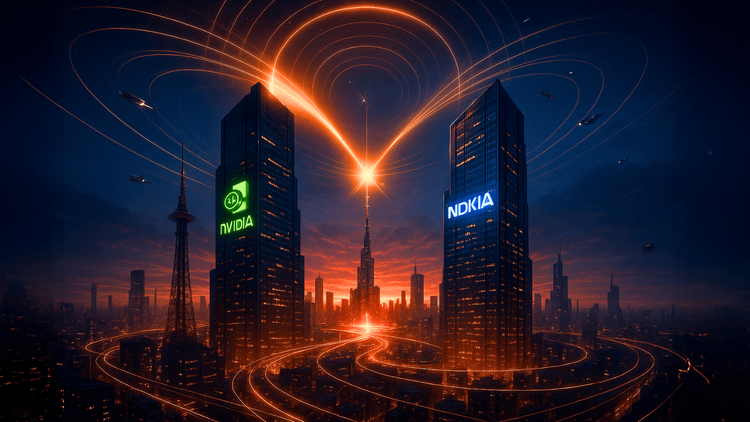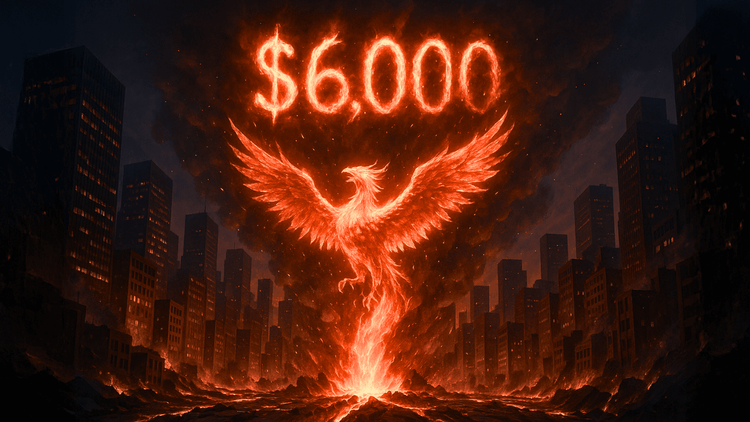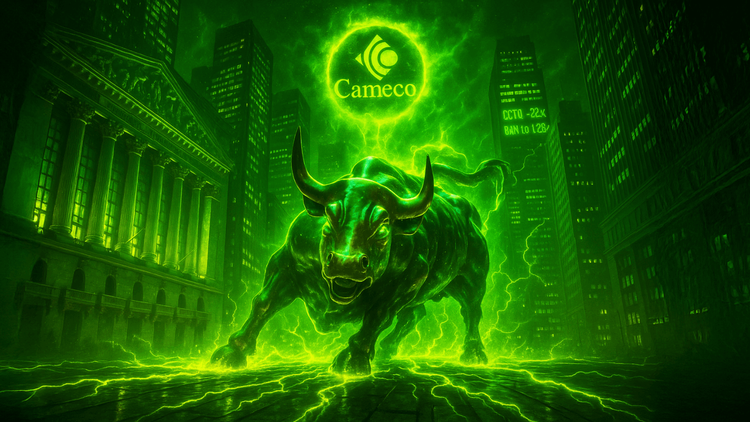Alexa, Why Is the White House Yelling at Amazon Again?
Amazon denies tariff-pricing plans as Trump officials escalate political rhetoric and revive past tensions with Jeff Bezos.

Tensions between corporate America and the White House are flaring once again—and this time, Amazon is in the crosshairs. The tech giant is pushing back against accusations from the Trump administration after reports surfaced claiming the company would highlight tariff-related price increases directly next to product prices on its platform. The alleged move, described by the White House as "hostile and political," lit a fresh fire under the already fraught relationship between the administration and one of the world’s most powerful e-commerce empires.
According to Amazon, the claims are overblown. The company insists it never intended to list tariff costs next to prices on its main site, but rather considered doing so only on its lower-cost platform, Amazon Haul. The distinction did little to calm political tempers. Press Secretary Karoline Leavitt lashed out in a statement that branded the move as “another reason why Americans should buy American,” citing not only the tariff issue but revisiting an old Reuters report that linked Amazon with a Chinese propaganda arm. Though that 2021 report merely referred to Amazon selling publications tied to Chinese state-backed publishers, the timing of the accusation underscores how quickly old narratives can resurface in a politically charged environment.
This latest round of finger-pointing comes at a time when Amazon is grappling with uncertainty around the future of U.S. trade policy. Trump’s tariff regime is back in motion, and with it, corporations are being forced to adjust—both logistically and strategically. Merchants on Amazon’s platform are already reacting. Reuters reported that several sellers are preparing to scale back involvement in Amazon’s high-profile Prime Day event this summer, citing the murky outlook on tariffs and shipping costs. For Amazon, this means more than a PR headache; it potentially cuts into the heartbeat of its seasonal sales calendar.
Amazon's stock took a hit, dropping around 1% in early trading. While not a massive slide, the reaction underscores investor concern about how political dynamics are increasingly bleeding into the business landscape. CEO Andy Jassy, who has so far tried to stay above the fray, appeared on CNBC earlier this month and attempted to strike a conciliatory tone. He reaffirmed Amazon’s efforts to “keep prices as low as possible” for consumers, adding that the company routinely discusses tariffs and related concerns with the administration. His message: we’re engaging behind the scenes, not waging a public battle.
Yet the optics are hard to ignore. This isn’t the first time Donald Trump has taken aim at Amazon—or its founder, Jeff Bezos. The two have a long and acrimonious history, punctuated by Trump’s criticisms of the Washington Post, which Bezos owns. During his first term, Trump accused the Post of unfair coverage and repeatedly portrayed Bezos as a political adversary. The sour relationship only deepened as Amazon grew more dominant, and as its CEO became more visible in the realms of space exploration, media, and infrastructure bidding wars.
Ironically, the current moment finds Bezos in a very different posture. No longer CEO, he’s still deeply connected to Amazon’s image—and was spotted alongside fellow tech titans like Apple’s Tim Cook, Alphabet’s Sundar Pichai, Meta’s Mark Zuckerberg, and Tesla’s Elon Musk during Trump’s recent inauguration. His presence, and Amazon’s $1 million contribution to the inauguration fund, signals a complex relationship that continues to evolve. It’s not so black and white anymore.
Still, the tariff debate is very real. At the heart of it is the fate of the de minimis exemption—a rule that lets companies ship products under $800 into the U.S. duty-free. It’s a crucial lever for Amazon’s vast logistics empire, especially when dealing with low-cost, high-volume goods from overseas. Any change to that rule, which is reportedly under review by the administration, could ripple through the entire e-commerce sector, raising costs and complicating supply chains. If that exemption vanishes, Amazon could be forced to hike prices, shift sourcing, or find creative ways to absorb costs.
Some insiders see the public scuffle as a strategic play by Amazon—a way to apply pressure on the administration before Thursday’s earnings call. With the company set to report quarterly results after the bell, investors are expecting Jassy to address tariff-related headwinds head-on. Wall Street will be listening closely for clues on how Amazon plans to navigate a protectionist policy environment while maintaining its promise of affordability and Prime reliability.
In the meantime, the political storm rages on. Amazon didn’t respond to requests for comment by press time, leaving the narrative largely shaped by political soundbites and speculative headlines. But one thing is clear: the gloves are off, and the battleground is digital, economic, and ideological all at once. From supply chains to censorship accusations, trade loopholes to consumer prices, the Amazon-White House clash is more than a news blip—it’s a front-row seat to the new era of tech-versus-state tensions.
Conclusion
The dust-up between the White House and Amazon over tariff transparency is more than a corporate controversy—it’s a lens into a larger geopolitical chess game, one where global supply chains, political narratives, and e-commerce dominance are tightly entwined. As the 2025 economic landscape unfolds, expect more flashpoints like this. For Amazon, the path forward is a careful balancing act between consumer trust, regulatory heat, and Wall Street expectations.






